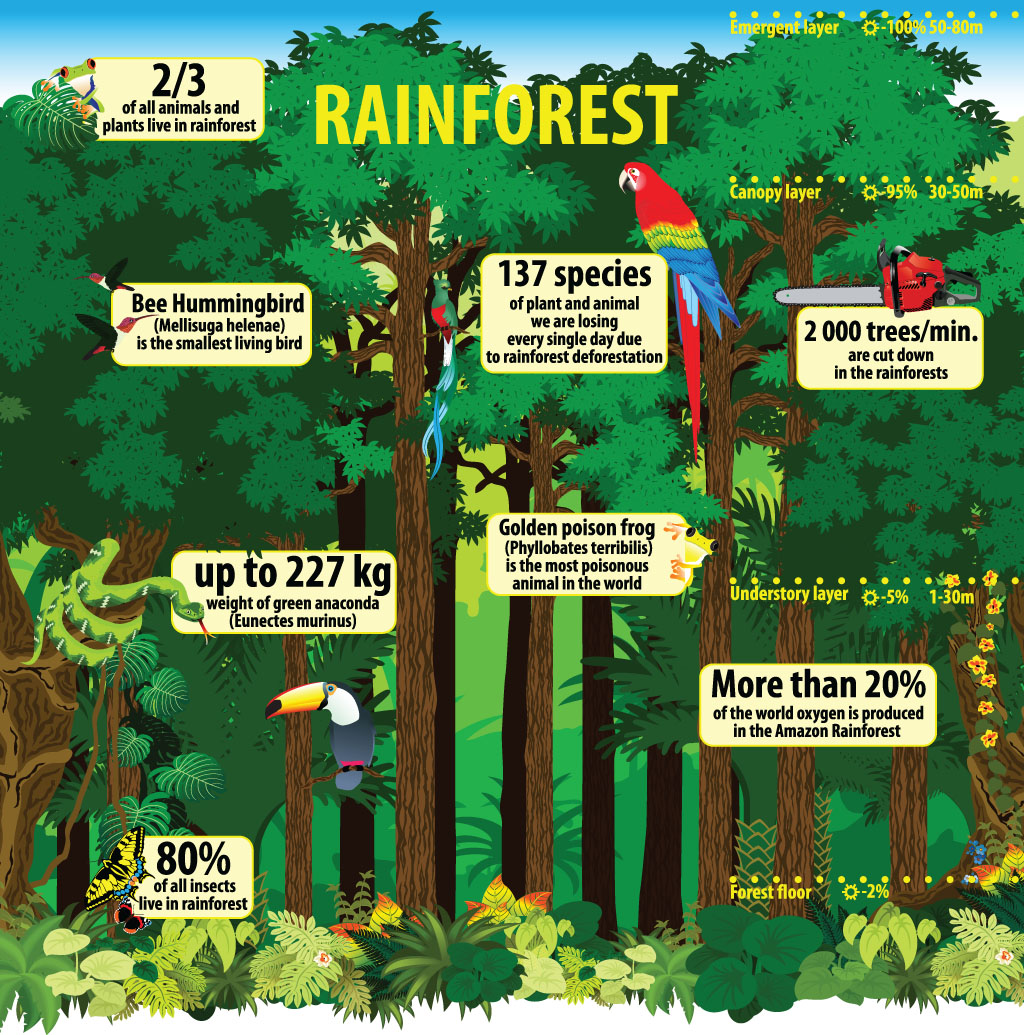Tropical Rainforest Plants Adaptations To Environment

A few examples of tropical rainforest plants are avocado trees, orchids, ferns, bromeliads, banana trees, rubber trees, bamboo, trees, cacao, etc.
Tropical rainforest plants adaptations to environment. The largest rainforest in the world is the amazon rainforest in south america. Although there is no cold season during which plants experience. The competition means organisms must adapt or develop specialized traits to compete for environmental resources.
Many rain forest animals use adaptations to carve out their own niches and protect. The tropical rainforest is very thick, and not much sunlight is able to penetrate to the forest floor. Tropical rainforests receive 80 to 400 inches of rain a year, which can lead to bacteria and fungi growth, soil erosion, nutrient leaching and poor soil quality.
Most plants in the tropical rainforest have adapted to the strong sunlight, heavy rain, thin soils and dark conditions in the undergrowth. Tropical rainforests are the most biologically diverse terrestrial ecosystems in the world. Plants adaptation to rain forest:
Also, some leaves have flexible stems so they can turn toward the sun, another adaptation is the leaves of the. A rain forest is an environment that gets a lot of rain. For example, some trees, such as the kapok, grow very tall because of the competition for sunlight.
So the plants here have drip tips and waxy surfaces on leaves to shed the excess water. On this page we’ll discover some of the plants in the tropical rainforest. They cannot survive in very dry weather and thrive in climates with high humidity and rainfall.
The amazon rainforest is the world’s largest tropical rainforest. Plant adaptations in the tropical rainforest biome Some adaptations of plants are following:


















